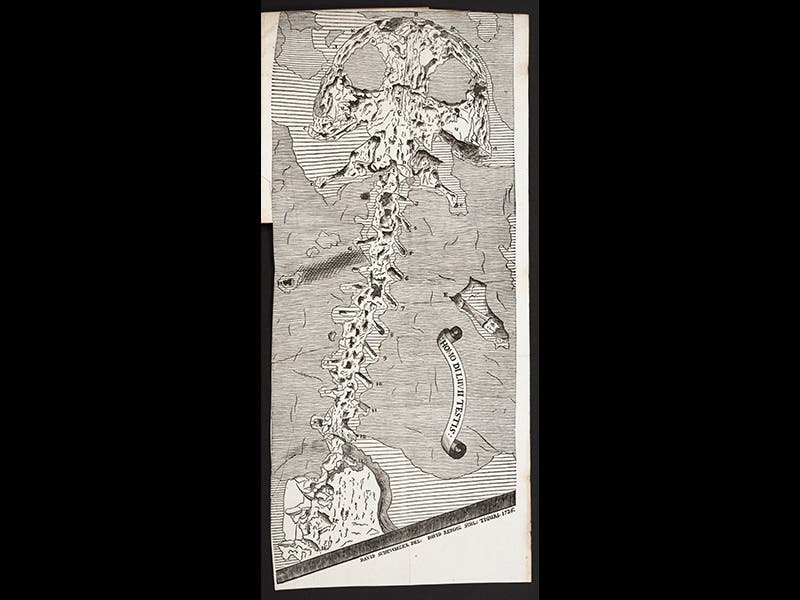Scientist of the Day - Karel Čapek
Karel Čapek, a Czech author and playwright, was born Jan. 9, 1890. Čapek is best known for his play, R.U.R. (Russum's Universal Robots), which debuted in 1921 and gave us our word "robot". But another science fiction novel, War with the Newts, published (in Czech) in 1936, gets out attention today (see first image above). The book tells the story of a newly discovered species of giant amphibian, found near Sumatra, and called by the media the “Newts". They are initially enslaved by humans, but the Newts are quite intelligent, and they gradually acquire not only human knowledge, but human craftiness and deceit, and they successfully rebel from their oppressors (the “war” of the title).
The irony of the tale is that the Newts are identified as the species Andrias scheuchzeri, a species long thought to be extinct. The first fossil of this salamander was discovered by Johann Scheuchzer in 1726, and identified as a partial human skeleton, a “human witness of the Flood” (see second image above). Seventy-five years later, the comparative anatomist Georges Cuvier properly identified the skeleton as that of a giant amphibian, rather than a human, and subsequently it was named Andrias scheuchzeri, honoring the scientist who misidentified it so badly (see third image above; Scheuchzer’s partial skeleton is 2nd from the left; Cuvier’s restoration as a salamander is at far left). So in Čapek’s novel, the hero is a supposedly extinct species that was once thought to be human, then realized to be amphibian, but which now, persecuted by humans, becomes more than human, and defeats the humans. What a delicious twist! We actually exhibited Scheuchzer’s original engraving of Andrias scheuchzeri in our Grandeur of Life exhibition in 2009, as an example of an early misinterpreted fossil, but the Čapek connection did not come up then. So it is nice to be able to mention today.
There is a statue of Karel and his brother Josef, an artist and poet, in their hometown of Malé Svatoňovice in the Czech Republic (fourth image above).
Dr. William B. Ashworth, Jr., Consultant for the History of Science, Linda Hall Library and Associate Professor, Department of History, University of Missouri-Kansas City










